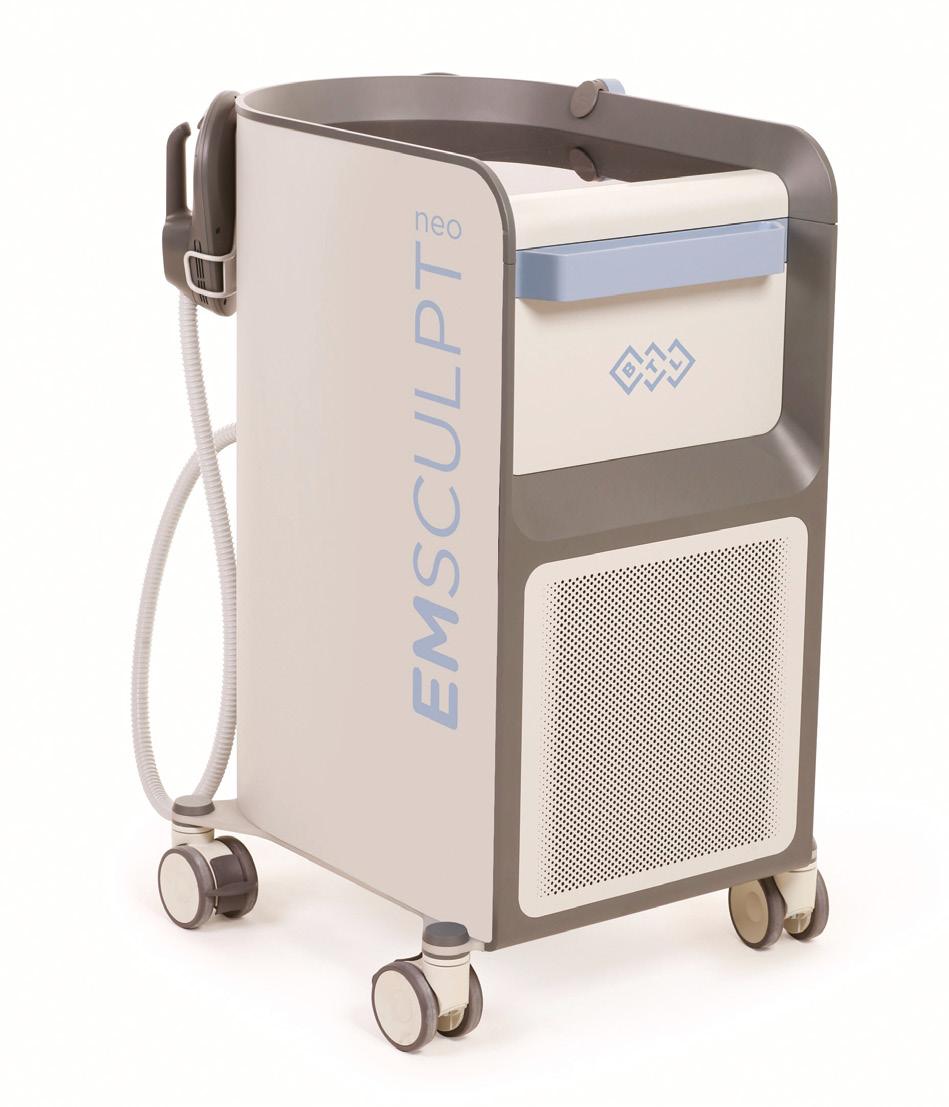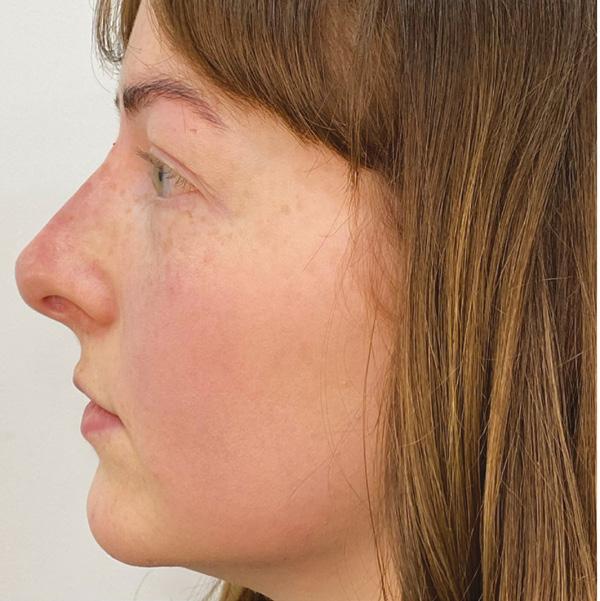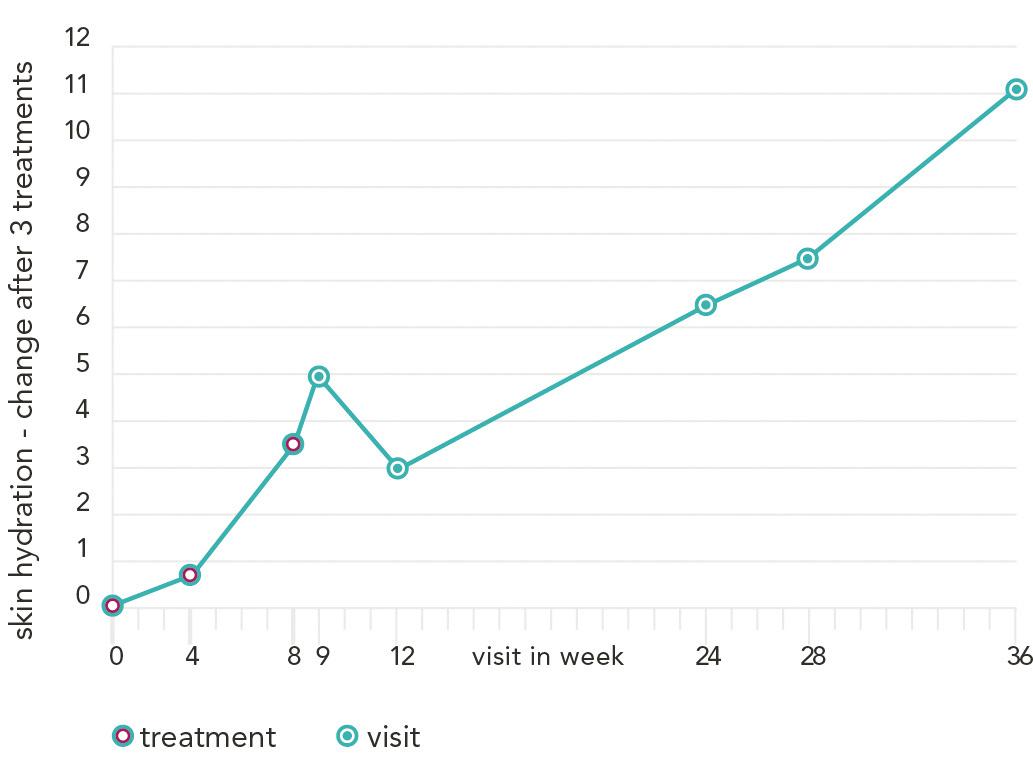@aestheticsgroup
@aestheticsjournaluk
Aesthetics
aestheticsjournal.com
Step 1: Organise your thoughts This may seem like an obvious place to start, yet this initial step can be surprisingly difficult. Years of programming to follow a certain route without deviation can make objectives, such as your personal goals and desires, difficult to consider. From experience, these are the questions you need to be asking yourself if you are debating a career change:
Starting Out in Aesthetics Dr Joanna Hackney shares her ‘step-by-step’ guide to starting a new career in the aesthetics specialty As medical professionals, our career path is often mapped out ahead of us – a series of hurdles and hoops to leap over and through – leading us up the well-established ladder of training and role progression. This treadmill can be a comforting ‘box ticking’ exercise, with relatively little autonomy compared with other occupations. Perhaps this is why a change in my career during my senior training years felt like a giant leap into the unknown. It would appear I was not alone in making the decision to switch careers. In 2018, only 37.7% of Foundation Level 2 doctors continued straight into specialist training programmes,1 sparking a British Medical Journal article to identify ‘why?’2 They received feedback from many junior doctors choosing to leave the NHS and discovered several themes:
lack of value, loss of respect, poor training opportunities in favour of service provision, limited pay, and inflexible rotas. With the strain of the pandemic making working conditions tougher for many, this is a trend which may spiral. Healthcare workers are particularly at risk of ‘burnout’ – a work-related stress syndrome caused by chronic exposure to job stress with approximately one in three physicians experiencing it at any one time.3 Of course, aesthetics is not the only option for those wishing to pursue a different career within medicine, but I believe it to be a great one. This article is intended to provide a possible ‘step-by-step’ guide on how I believe medical professionals can approach this career junction, as well as some tips that I discovered along the way.
Pros
Cons
Practical skills are required
Reduced opportunity for teamwork
Patient facing
‘Patients’ are well and seeking improvements – expectations can be very high
Generally high patient satisfaction with good outcomes
Unregulated industry
Flexible and can allow for good work/life balance
Highly competitive
Limited out-of-hours requirement
Owning a business is a full-time responsibility – you may miss shift work!
Autonomy
Potential conflict between your employees’ desire to increase revenue and your ethical principles
Fast growing industry
Limited guidance and evidence base for new practices
Potential for excellent income
Working as a sole practitioner can be isolating
Figure 1: Table of the possible positives and negatives of working in the aesthetic specialty
• • • • • • •
What are my ultimate career goals? What are my interests? What are my skills and values? What do I want to achieve from my job? What are my constraints? Which work style best suits you? What do I need to change in my current role to achieve this?
Creating a list and ranking your top 10 priorities is a useful way of focusing on these answers. They can then be compared against a selection of potential roles you may be interested in to further direct your decision making. I was extremely well supported by my training deanery when discussing my desire for change and embarked on career guidance provided by Health Education England. Whilst this may not be an option for many, accessing similar resources can be an invaluable tool to assist in your decision. Utilising family and friends during this phase can also be a constructive aid to self-analysis and help you hone-in on your priorities.
Step 2: Establish pros and cons Once you have ascertained that a change is required, you must investigate whether the aesthetic specialty is the correct fit for you. To assist with this, I have compiled a simplified table of some of my personal ‘pros and cons’ of working in aesthetics (Table 1). This list is not exhaustive and is subjective, so do research the industry yourself and come up with your own unique pros and cons list. I would recommend attending an open day for a training academy or an aesthetic conference, such as the CCR conference in October, or the Aesthetics Conference & Exhibition (ACE) in March, where you can speak with industry professionals established in aesthetics. You should also subscribe to a journal to get a real taste for the specialty and get a feel for the community.
Reproduced from Aesthetics | Volume 8/Issue 8 - July 2021





















